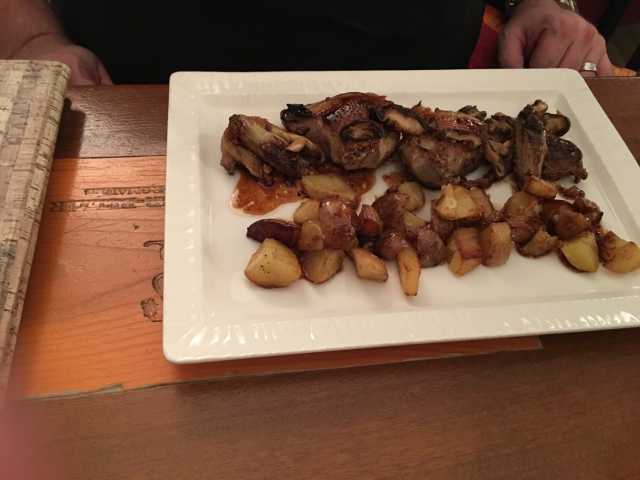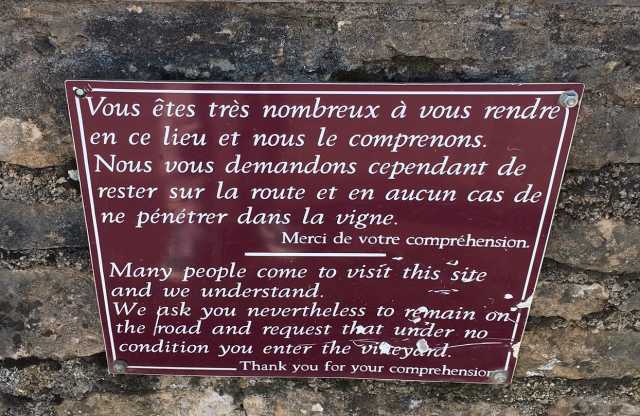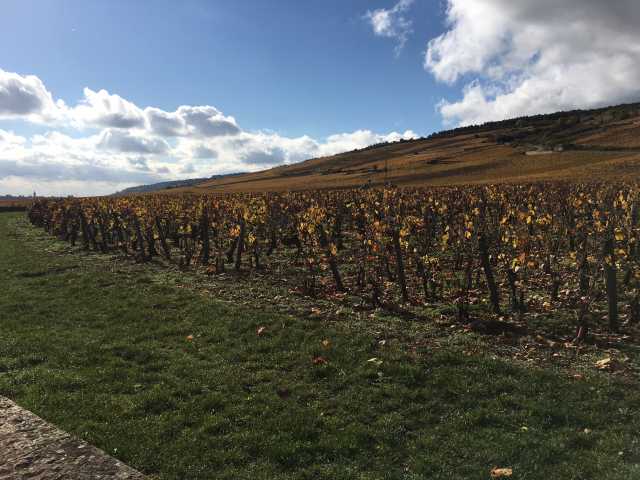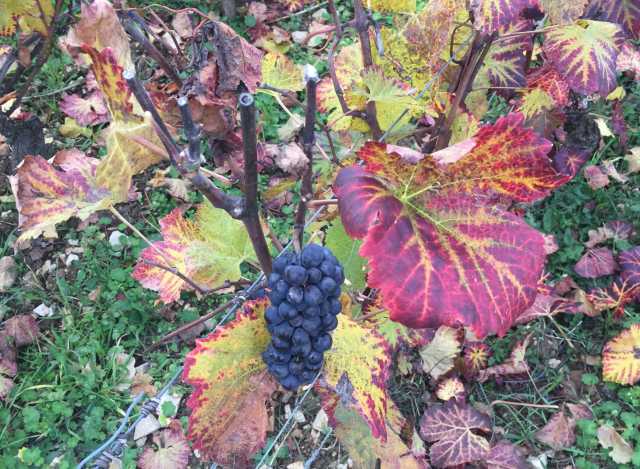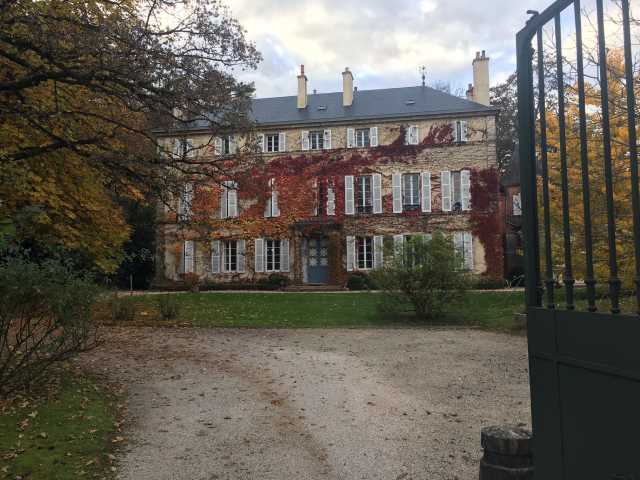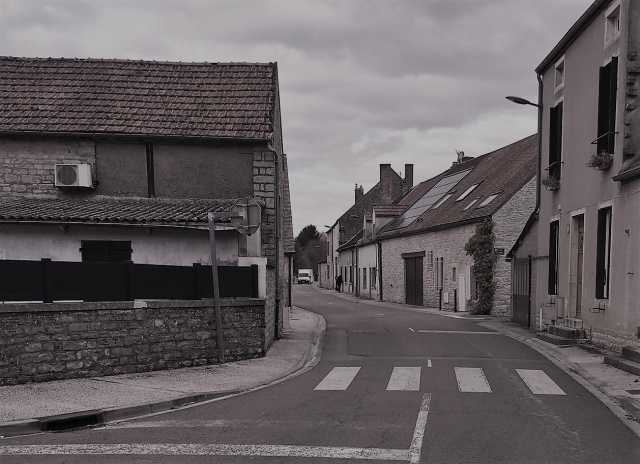I’ve just returned from my first journey to Burgundy, roughly a week of leisurely paced visits to winemakers, indulgent meals and walking the famous vineyards.
In a previous thread, board members were kind enough to offer suggestions for making it a successful trip. Here I’d like to share some of my impressions and tips for fellow rookies. If you are a repeat visitor, please excuse some of the obvious or newbie reflections.
Getting there and where to stay
We stayed in Beaune, which is a relatively easy two-hour train trip from Paris, requiring a change of trains in Dijon. Beaune is the heart of the Cote d’Or and the region’s biggest town, with a gorgeous mix of Roman, pre-Roman, Renaissance and modern architecture. It’s a great base camp for touring villages up and down the famous RN74 highway. From centrally located Beaune, you can reach most of the communes in about 30 minutes or so by car. My friend Greg had driven his SUV from London for the trip, which made getting around a breeze. I think a rental car is a must, as you won’t find Uber in this neck of the woods …
We had a group of three people – a reunion of sorts for me and my two post-college housemates. I split a two-bedroom suite with my friend Martin at Abbaye de Maizieres, a converted 12th-century monastery in the heart of historic Beaune. The inn has all the charm you’d expect and friendly service, but be prepared to hustle bags and walk up very winding stairs to your room (no elevators). There also are very limited dining options here. Greg happily booked down the street at Le Cep, a traditional full service hotel with bar, valet parking etc.
Planning your visit
We made a conscious decision to take a laid-back approach to our time in Burgundy, with a focus on sybaritic pleasure rather than rigorous back-to-back appointments with winemakers. The focus was soaking in the atmosphere rather than analyzing the 2014-15 vintages in a comprehensive or rational way.
We usually booked a single visit to a cellar and built our day around it. We’d usually wake up (late!), race to the tasting visit, book a wonderfully lazy two-hour lunch with wines in the nearby village, tour some of the nearby towns and vineyards afterward, stop at a caviste/wine store maybe, head back to Beaune for requisite nap and Internet check, have dinner in town, enjoy a night cap and call it a day. Rinse and repeat for five days. No pressures. No spouses. It was heaven.
Amid all the cares and responsibilities of daily life, a trip to Burgundy is a reward that I urge anyone to afford themselves if they can. The journey lifted my spirits, stirred my soul and satisfied my many curiosities about Burgundy. It exceeded expectations and I can’t recommend a trip enough if you are passionate about these wines. To see the vines and touch the soil from the parcels you adore, and only have known by a name on a label is magic. Chambolle Musigny Amoureuses – there it is right in front of me!! It helps put all the pieces of the puzzle together and give you proper context and perspective – geographically, philosophically, historically, oenologically, you name it.
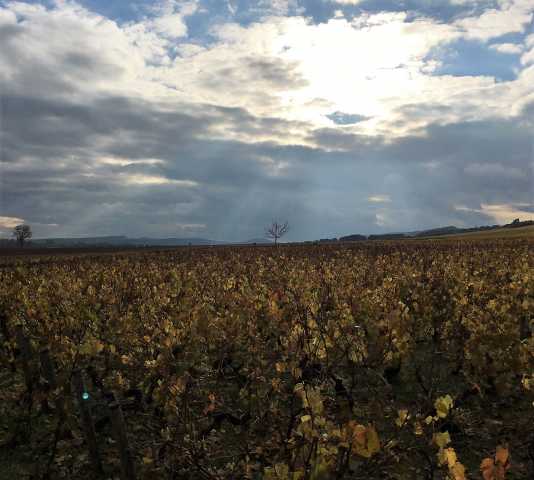
Visiting the winemakers
I will offer some details of our visits at specific domaines later, but first some general thoughts on visiting a vigneron.
It is essential to pre-book your tasting appointments. You aren’t just going to wander in and knock on any doors. Greg, a greater Burg buyer and nut than I, has multiple merchants and distributors that he works with in London that were kind enough to set up our appointments. We were there during a busy time – right before the annual Hospices auction and during the traditional week when all the British buyers come to taste the wine in bottle. So we had to hustle to get the appointments we did.
Courtesy and punctuality are a must. I really came to understand what a juggling act it is to be a winemaker here – worrying about the fields, tending to the fermentations, checking in on cellar conditions, managing staff, negotiating in with your distributors, schmoozing the customers, etc. There are a million things for an owner-operator to do, so you need to be respectful of their time. But build in some flexibility – sometimes we left promptly after our scheduled visit while other trips spilled over to two hours-plus after we hit it off with the winemakers and they scampered off deep into their cellars to pull an older bottle for us to try.
I’m a former journalist, so I tend to ask a lot of questions. But you need to be able to read the room. As in all walks of life, some winemakers are natural extroverts and others are more circumspect. Don’t immediately start badgering your host about prem-ox, rising prices or the influence of the growing Chinese market. Ease into it with some softball questions. I found that many of our hosts appreciably brightened when talking about their actual vines — they seemed like they were talking about their children. And don’t expect them to tell you their favorite vintages or favorite bottlings – once again it’s as if they are speaking about their offspring. They may actually have a favorite but they don’t dare utter it aloud!
Also make time to share your experience with wine and what your life story is. They probably get tired of recounting their personal background to so many visitors, so it’s a welcome break to hear from their guests. I brought one winemaker a gift of honeycomb sourced from the hills in Malibu. He loved hearing about Malibu, how I surf there and that people actually make wine from grapes grown above one of the world’s first-class surf spots.
Don’t expect everyone to speak English. Many of our hosts spoke good English, but many spoke none at all. Learn some of the basics – please, thank you, this is good, etc. My traveling companions speak very good French, which made life much easier but most conversations turned into a kind of Franglish — where I could pick up the general gist/intent or my friends translated for me.
One side note: I had been unnecessarily anxious about the whole ritual of spitting. Spit if you want, and swallow if you like. The winemakers provide many receptacles and feel free to dump as well if you’ve sampled enough. Since we weren’t visiting multiple houses each day, we really didn’t have to worry about intoxication. So sometimes I spat and sometimes I didn’t. Greg and I followed a simple rule – never spit a Grand Cru wine. That turned out to be good guidance.
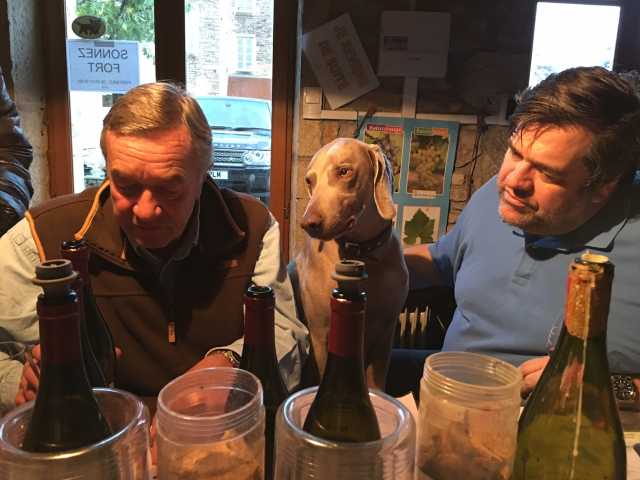
How and where to eat
You are in Burgundy, so eat like you are in Burgundy. Don’t worry about calories. Don’t ask for substitutions. You will have many pain au chocolat for breakfast in the car on the way to your first appointment. You will not find any Chinese chicken salads or tofu wraps. You will have both cheese AND dessert for lunch. At dinner, you will have a soufflé of foie gras as an amuse bouche, followed by a terrine of rabbit and then a rich dish of sweetbreads. You will have multiple cheeses and sweets yet again. You will have three bottles of wine for three people and happily wander back to your hotel. For some reason, you will not wake up with a terrible hangover or a case of gout. You will do this for five straight days.
We ate at local bistros and starred Michelin restaurants depending on our location and mood. I will share some specific recaps in later posts. We never had a bad meal. For lunch, we had a lot of luck ordering from the various fixed menus where you could choose from two entrees, two mains and cheese or dessert. These were remarkably priced – usually 20-30 euros – for the quality and presentation of the food. The restaurants make their money off the wine list, I reckon. And while there are markups, you feel like you are in heaven to scour lists featuring wines of pristine provenance. You won’t find extreme value and most of the truly great stuff has been picked over long ago at established spots, but you will find little gems. For example, we enjoyed 2002 Dujac MSD village and Rouget 2010 Vosne village for under 100 euro each. For lunch, make sure you give yourself enough time between appointments. Lunch there, unlike the U.S., is a blessedly leisurely affair that can span two hours, so give yourself enough time to relax and account for driving time and getting lost on winding village streets. And always make a reservation ahead of time – even on the drive in – instead of wandering in as a wayward soul…
After days of wandering and driving in the outer communes, we chose to eat all our dinners in Beaune proper. We had multiple meals at Ma Cuisine, which serves outstanding Burgundy fare with an understated bistro vibe. There’s a chalkboard of two dozen regional classics – jambon persille, magret de canard, etc. Think Julia Child, not Ferran Adria. This seemed to be a clubhouse of sorts for visiting Burg nuts and most of the dozen tables or so were filled with Brits, Aussies, Chinese and Americans. It’s not a locals spot, but the food is spot on and the service friendly and efficient from owners Pierre and Fabienne Escoffier (what an appropriate last name!) The wine list is deep. You will have to pay a pretty penny for the prized older vintages but there are nuggets of value here and there – we particularly enjoyed a 2008 Carillon Puligny Montrachet Champs Gain that Pierre helped us find (magic with the Coquille St. Jacques dish – the mature plump fruits, framed by a tinge of herbs and honey notes, played off the scallops beautifully.)
Side note: 2008 became an odd touchstone this trip – sommeliers and vintners almost to a person were opening this vintage completely unprompted throughout our trip …
When you want to eat with the locals, I suggest heading away from the town center to Cafe du Square, a relaxed wine bar/bistro that recalls Venice Beach or hipster Williamsburg more than a medieval French town. Francois’ son cooks there and we even saw Francois eating and drinking there after hours. Platters of oysters from Bordeaux, charcuterie plates, lamb shoulder cooked for 36 hours (!) … lots of local wines from young producers you never heard of. We just put ourselves in the hand of our waitress who brought us delicious and unfussy bottles of Chablis 1er cru and Marsannay 1er cru that went exceptionally well with the slightly rustic fare.
Next post: Day One – touring the fabled Grand Cru vineyards and surreptitiously staking out Freddy Mugnier…
